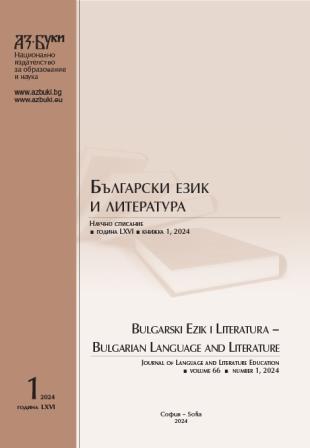
We kindly inform you that, as long as the subject affiliation of our 300.000+ articles is in progress, you might get unsufficient or no results on your third level or second level search. In this case, please broaden your search criteria.


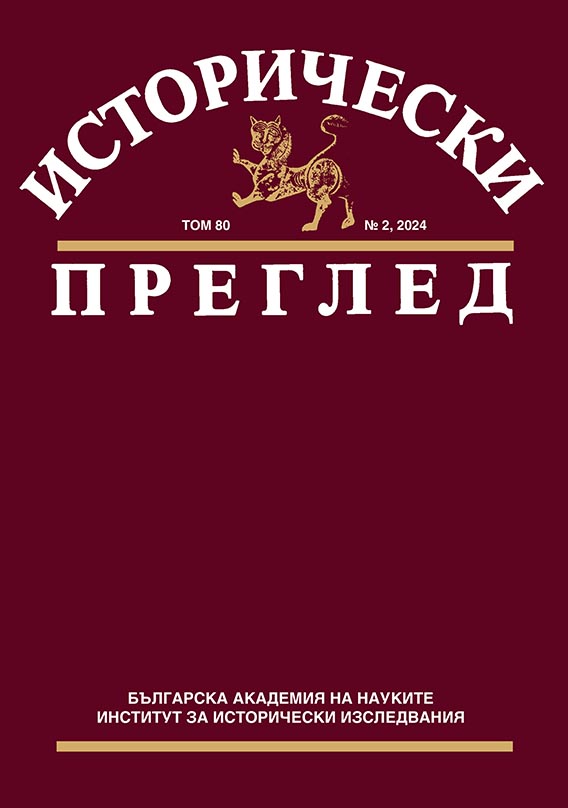

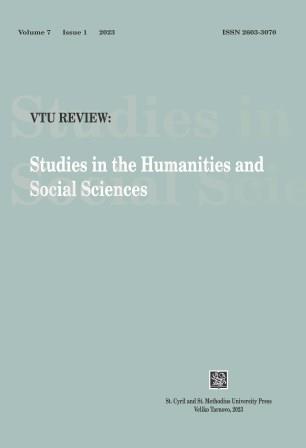

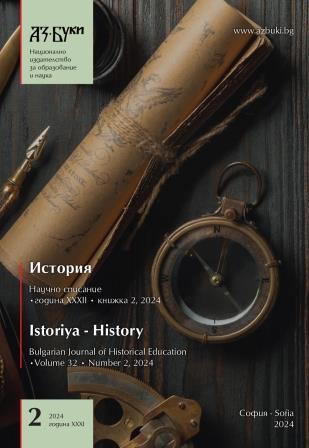



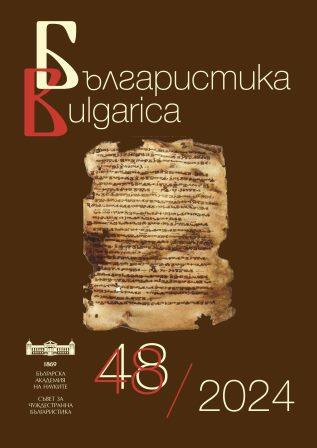


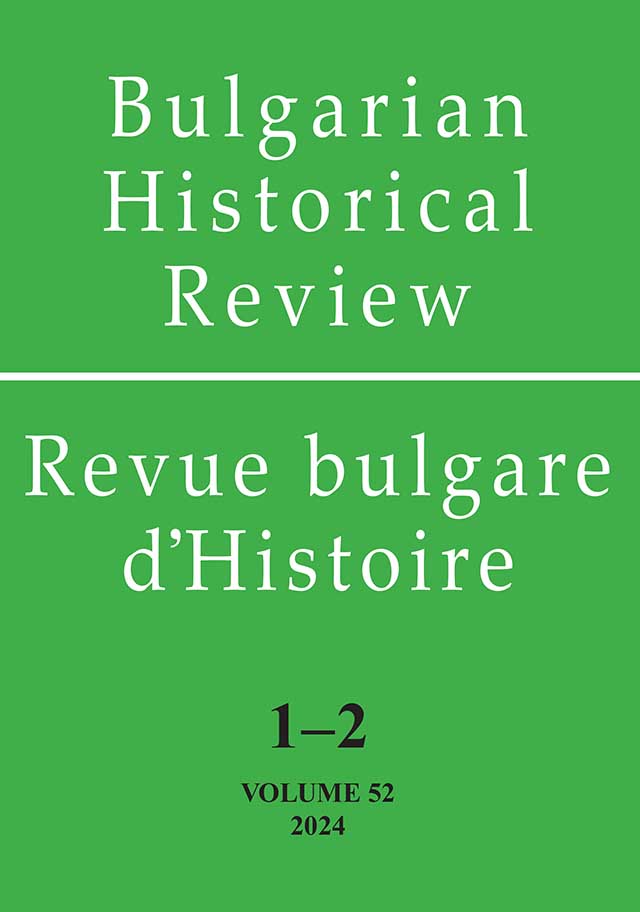

Review of: Reay, E. (2023). The child in video games: From the meek, to the mighty, to the monstrous. Palgrave Macmillan.
More...
Review of: Aliano, K. I. (2022). The performance of video games: Enacting identity, history and culture through play. McFarland & Company.
More...
This paper conducts a comparative analysis of Samuel Butler's seminal work, Erewhon: or, Over the Range, and Vladimir Poleganov's contemporary novel, The Other Dream. The analysis centers on the discreet influence exerted by technology in the pursuit of territorial survival. The study delves into the catastrophic consequences arising from both the success and failure of this technological endeavour.
More...
This article is an introduction to the close reading of Victor Pelevin’s novel Journey to Eleusis (2023) as a paradigmatical example of the Russian dystopian literature from the beginning of the 21th century. Journey to Eleusis is the final part of a trilogy whose previous installments include the collection of short novels Transhumanism Inc. (2021) that set the dystopian universe, and the sequel KGBT+ (2022) taking place already in the wartime sociopolitical reality. I argue that starting with Vladimir Sorokin’s Blue Lard (1999) the contemporary Russian dystopia intertwines idiosyncratically futurism and archaism into a retro-dystopian frame, which I discern in Pelevin’s trilogy. As I view it, this specific dystopian blend aims at the representation of a history of the present of the Putin era with its neo-totalitarian version of the Russian imperial concept of the “Third Rome” which is crucial to Journey to Eleusis.
More...
This paper investigates the dichotomy between Dismaland, a dystopian inversion of Disneyland, and Disneyland as an enduring bastion of joyous illusion. Through the lenses of heterotopia, non-places, and chiasmus, it explores how their coexistence authentically grounds one while estranging the other. Banksy's inadvertent use of а chiastic structure in transforming Dismaland is analyzed for its reorganizational logic, and challenging norms. Drawing on Lefebvre, Foucault, Rancière, and Nikolchina, the paper examines cultural representations, spaces, and social relations. The analysis extends to non-places vs. heterotopias, emphasizing Dismaland's resistance to non-place classification. The paper advocates for heterotopias, like Dismaland, to challenge norms and foster alternative cultural production, critiquing interpretations of Situationist theories and proposing Rancière's spatial occupation. The conclusion explores how chiastic structure and heterotopian thinking fuel Dismaland's revolutionary potential, challenging predetermined environments, and underscores art's transformative role in societal evolution towards a renewed existence.
More...![Compte rendu: Калин Михайлов. Християнство и литература. Фигури на (не)благородното. София, УИ „Св. Климент Охридски“, 2023, ISBN: 978-954-07-5726-1. [Kalin Mikhaïlov. Christianisme et littérature. Figures du noble et de l’ignoble.]](/api/image/getissuecoverimage?id=picture_2024_82646.jpg)
Book review: Калин Михайлов. Християнство и литература. Фигури на (не)благородното. София, УИ „Св. Климент Охридски“, 2023, ISBN: 978-954-07-5726-1.[Kalin Mikhaïlov. Christianisme et littérature. Figures du noble et de l’ignoble. Éd. de l’Université de Sofia, 2023, ISBN : 978-954-07-5726-1 ; Christianity and Literature. Figures of the (Ig)Noble.]
More...